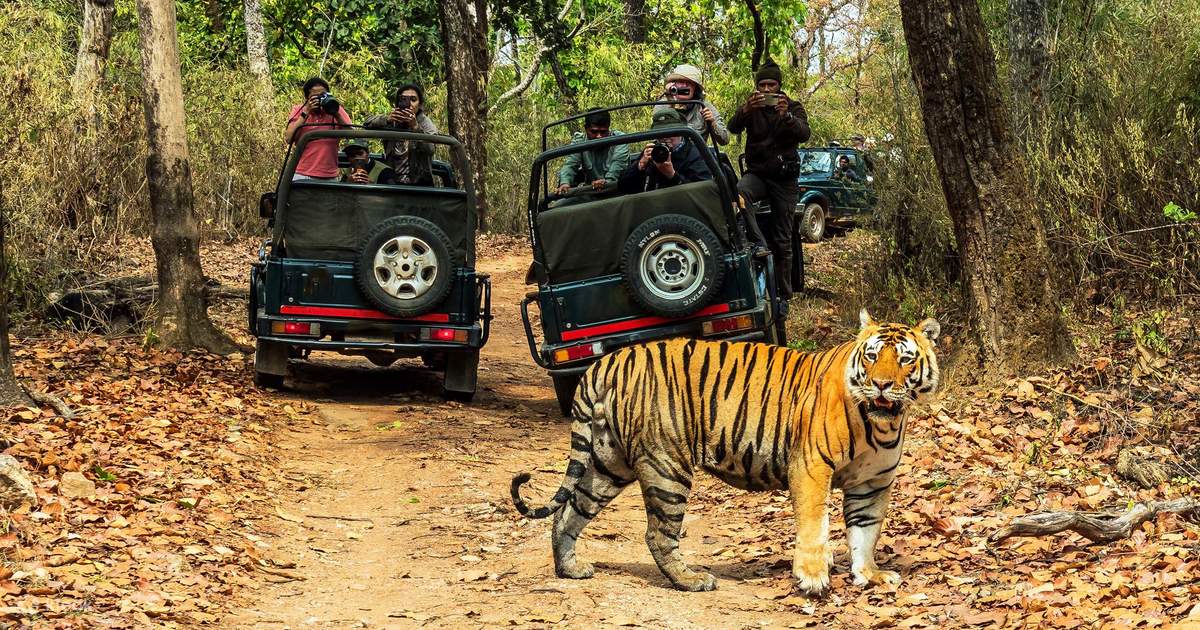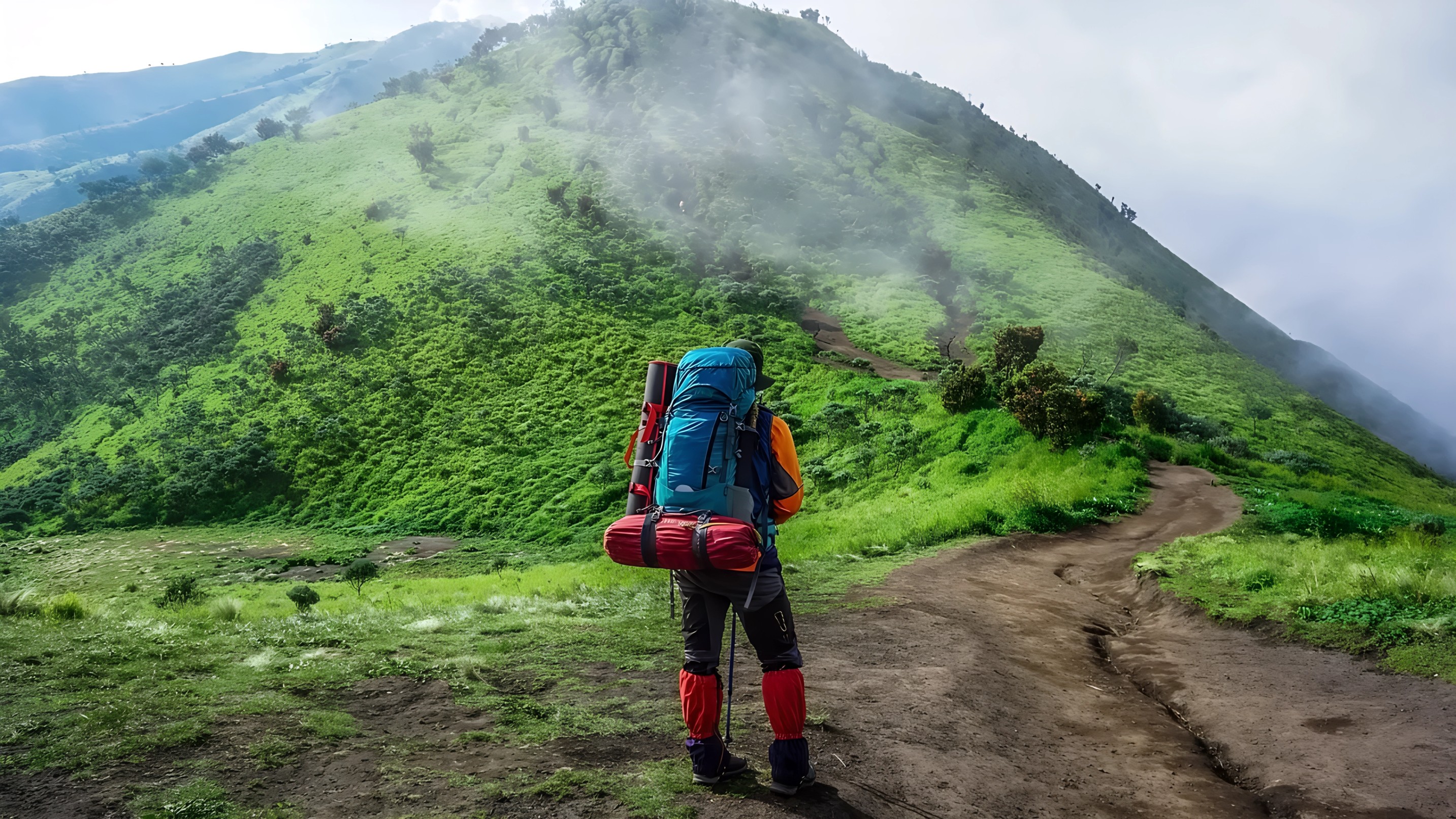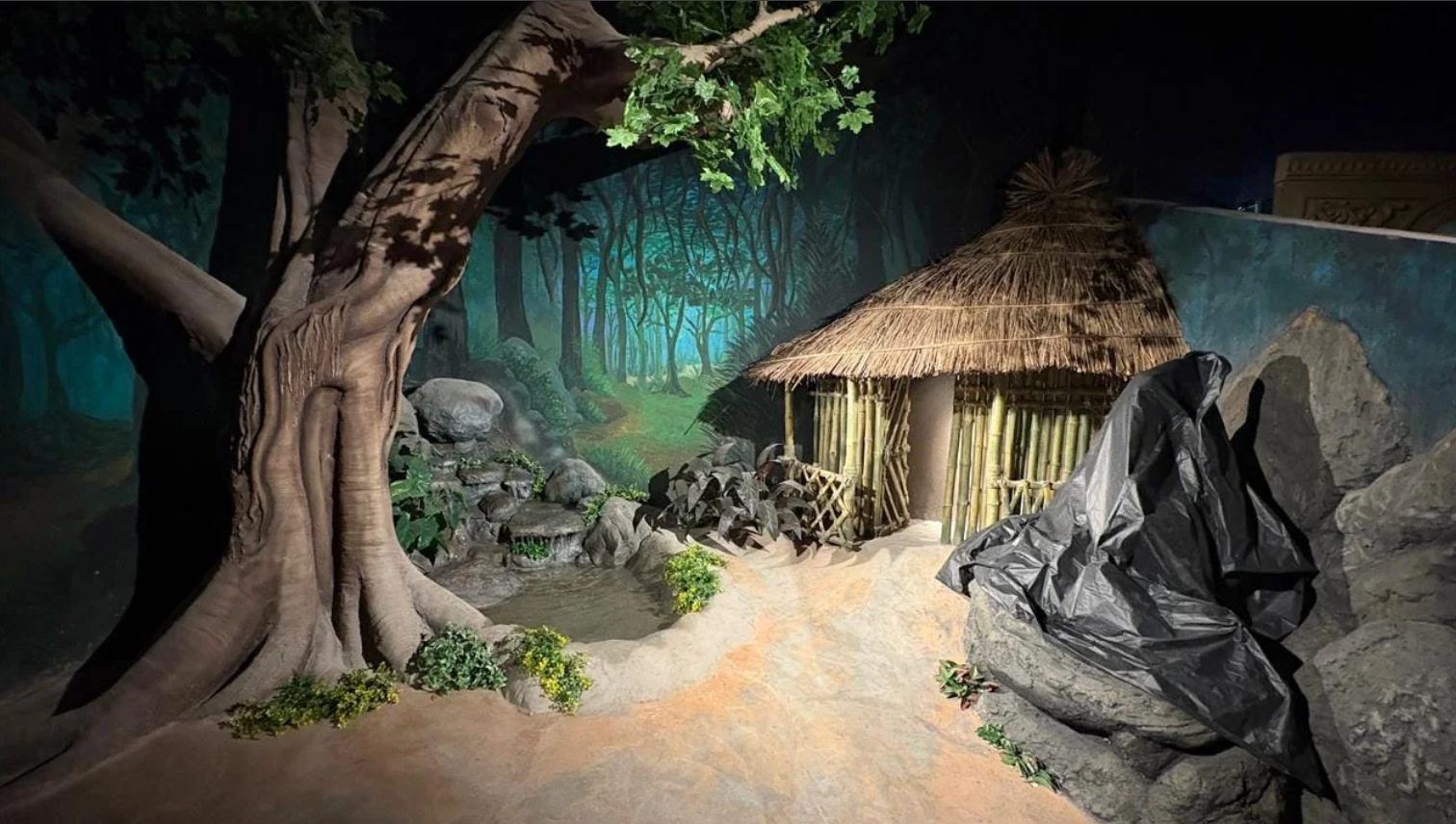Beyond the Usual Trails
When travelers think of safaris in India, places like Ranthambore or Bandhavgarh immediately come to mind. These parks are celebrated and well worth visiting, but India’s wilderness runs far deeper. In quieter corners of the country are sanctuaries that remain off the mainstream tourist map, where animals thrive and encounters feel raw and unfiltered. These destinations may take more effort to reach, yet the reward is an unforgettable intimacy with nature and the cultures that live alongside it.

Kaziranga National Park, Assam
In the lush northeast, Kaziranga rises as a conservation triumph. Set against the wide sweep of the Brahmaputra River, it is the beating heart of the world’s largest population of the greater one-horned rhinoceros. More than 2,600 of these prehistoric-looking giants roam its tall elephant grass. A safari here often turns into a parade of wonders, from wild water buffalo and elephants to barasingha, the rare swamp deer found only in this region. The park also shelters a significant number of tigers, making every jeep ride a thrilling possibility. Bird lovers will find a paradise too, with more than 450 species filling the skies and wetlands. The best time to visit is from December to April, when the air is crisp and sightings are at their peak. Staying at eco-conscious retreats like Diphlu River Lodge or riverside properties such as Infinity Resorts offers a chance to experience rustic comfort while supporting conservation.

Sundarbans National Park, West Bengal
If Kaziranga feels vast, the Sundarbans feels mythical. This is the world’s largest mangrove forest, where the Ganges and Brahmaputra spill into the Bay of Bengal. Accessible only by boat, the Sundarbans is unlike any other safari experience in India. It is the realm of the legendary Bengal tigers who swim across tidal creeks and stalk silently through the mudflats. Locals have long adapted to their fierce presence, even wearing masks on the backs of their heads to deter ambushes. Exploring these watery forests by boat reveals not just tigers but saltwater crocodiles basking on muddy banks, playful mudskippers leaping from the shallows, and rare masked finfoots gliding across the water. The best time to visit is from December to March when weather is dry and tiger activity is high. Staying at eco-minded bases such as Sunderban Tiger Camp offers rustic comfort and the expertise of local guides who know these waters like their own lifelines.

Hemis National Park, Ladakh
Far to the north in the high-altitude landscapes of Ladakh lies Hemis, a place where wilderness is defined by silence and snow. This is the kingdom of the elusive snow leopard, often called the ghost of the mountains. Unlike other safaris, Hemis offers no jeep rides. Instead, visitors trek with skilled trackers across frozen valleys and icy ridges in search of this near-mythical predator. Sightings are rare and demand patience, but when the cat emerges against the white cliffs, it is an encounter that lingers for a lifetime. Along the way, the mountains reveal herds of Himalayan ibex clambering across rocks, Tibetan wolves pacing the ridges, and the endangered Himalayan brown bear. The best months to attempt a snow leopard trek are between December and February, when the animals descend to lower valleys. Staying in community lodges such as Rumbak Wildlife Lodge or intimate camps like Lungmar Remote Camp ensures both comfort and a direct contribution to local conservation.
Culture and Connection Beyond Wildlife
A safari in these hidden parks is never just about wildlife. In Assam, travelers share tea and stories with tribal communities and learn about ancient weaving traditions. In the Sundarbans, legends of honey gatherers echo through fishing villages. In Ladakh, evenings can be spent with herders sipping butter tea and listening to tales beneath the fluttering prayer flags of remote monasteries. These experiences remind travelers that India’s wild places are not only homes for animals but also living cultural landscapes.
A Journey Worth Taking
Visiting these underrated parks requires effort, but that effort is what makes them rewarding. Each offers a different face of India’s natural and cultural heritage, from the dense green wetlands of the east to the icy silence of the Himalayas. For travelers who want more than photographs of animals, these safaris offer connection, reflection, and the thrill of walking paths few outsiders have seen.
Whether it is watching a rhino emerge from the grasslands of Kaziranga, listening to the eerie calls of the Sundarbans, or glimpsing a snow leopard against the snowy backdrop of Hemis, these journeys are about rediscovering wildness in its truest form.
Follow Travel Moves on Instagram and Facebook for more travel guides, hidden gems, and stories from around the world.










